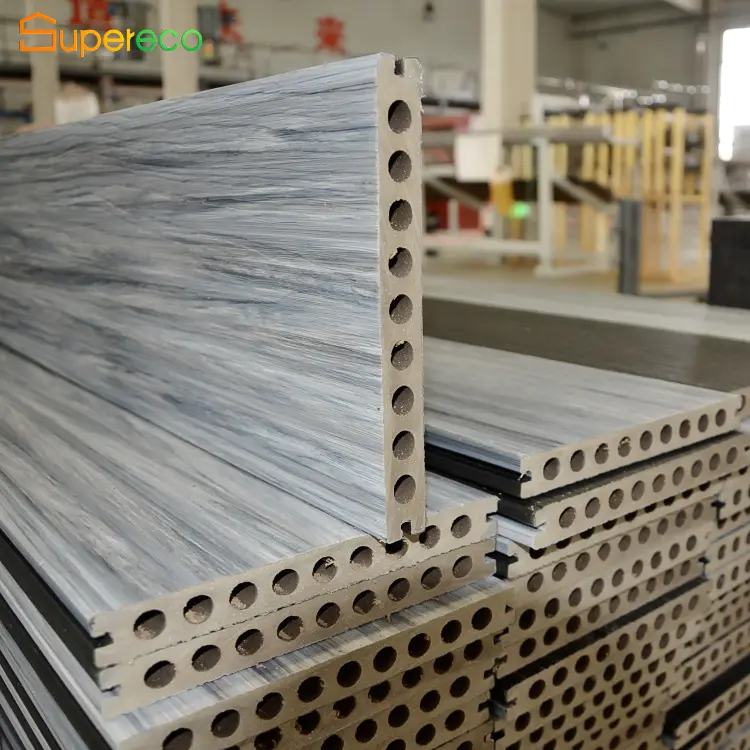WPC Flooring Decking Product Introduction
1. Introduction to WPC Flooring Decking WPC, or Wood-Plastic Composite, is a material that combines natural wood fibers and plastic polymers to create a hybrid material that is gaining widespread popularity in the world of flooring and decking. This innovation offers the visual appeal of wood with the durability of synthetic materials, making it ideal for outdoor spaces such as decks, patios, and even indoor flooring in some cases.With the increased focus on sustainability and durable building materials, WPC flooring and decking have become sought after for their combination of eco-friendliness, low maintenance, and longevity. Whether you’re looking to renovate your backyard deck or install new flooring, WPC offers a versatile and cost-effective solution that has the potential to transform your space. 2. History and Evolution of WPC The origins of composite materials date back several decades, initially developed as a way to improve the longevity and environmental impact of traditional wood products. The concept of WPC emerged from the need to create materials that offered the benefits of wood without its drawbacks, like susceptibility to rot, moisture damage, and warping.Early composite materials were mainly used in commercial applications, but by the late 20th century, technological advances made them accessible for residential use, particularly in outdoor decking. Today, WPC is widely used for flooring and decking in various industries, thanks to its ability to mimic the aesthetic qualities of wood while offering superior performance. Add Your Heading Text Here WPC flooring decking is primarily composed of a blend of wood fibers or sawdust and recycled plastic materials. These two components are bound together using specialized chemical agents that help enhance the overall durability and weather resistance of the product. The mixture is then heated and extruded into various shapes and sizes, depending on the specific product being created.The exact proportions of wood to plastic can vary, but most WPC products contain about 50-60% wood fiber and 30-40% plastic, with the remaining portion made up of bonding agents and stabilizers. This balance allows WPC to achieve the look and feel of real wood while taking advantage of the resilience and flexibility of plastic. 4. How WPC Decking is Manufactured The manufacturing process for WPC decking involves several steps, most of which center around the extrusion process. First, the wood fibers and plastic are mixed together in large machines, creating a uniform material blend. This mixture is then fed through an extrusion machine, where it is heated until it melts and forms into the desired shape.More advanced WPC products utilize co-extrusion technology, where an additional layer of plastic is applied to the surface of the boards, providing extra protection against UV rays, moisture, and scratches. After the extrusion process, the boards are cut to size and often embossed with textures that mimic the grain of real wood.

